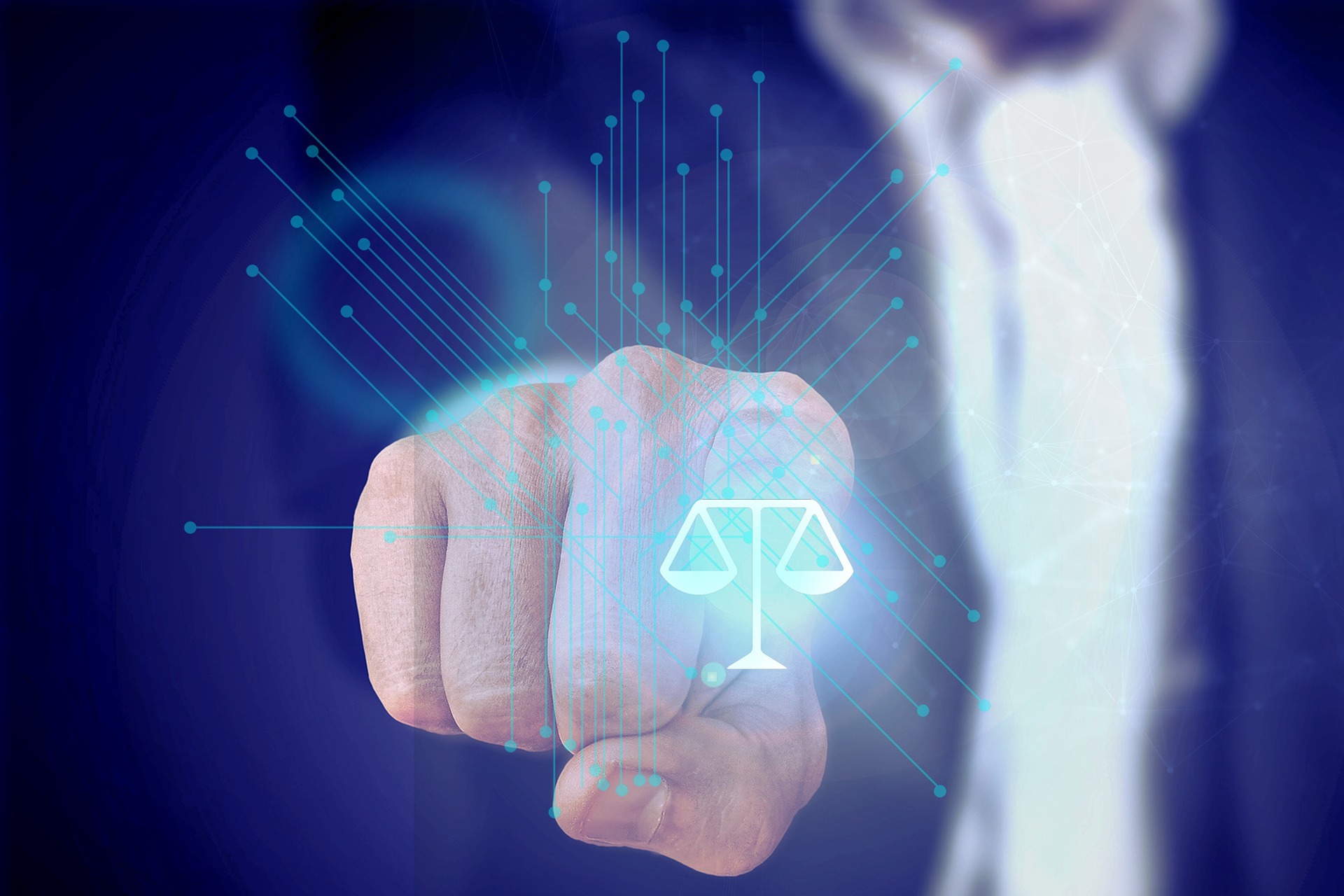Understanding the Impact of the Fourth Amendment in Digital Era
The Fourth Amendment to the U.S. Constitution has long protected citizens against unreasonable searches. But, in the digital age, how does it fare? This article delves into the history, current scenario, and prospective implications of the Fourth Amendment in the era of technological advancement.

Background: The Fourth Amendment in Context
The Fourth Amendment, a cornerstone of the U.S. Bill of Rights, protects citizens from “unreasonable searches and seizures,” requiring that any warrant be judicially sanctioned and supported by probable cause. This was a response to the abuse of the writ of assistance, a general search warrant issued by British government during colonial times, which didn’t specify the place to be searched or items to be seized.
The Fourth Amendment in the Digital Age
In the present digital age, this 18th-century law faces new challenges. Communication and data storage are increasingly becoming digital, raising questions about privacy rights in the context of emails, text messages, social media, cloud storage, and even GPS data.
Recent Case Law: Carpenter vs U.S.
A significant contemporary case is Carpenter v. U.S., where the Supreme Court ruled in 2018 that the government needs a warrant to access cell site location information, which can provide a detailed record of a person’s movements. The court determined that accessing such information constituted a search under the Fourth Amendment, marking a significant development in digital privacy law.
Implications of the Fourth Amendment in Digital Privacy
The Carpenter ruling has set a precedent, impacting how law enforcement can access digital information. However, questions still remain. For instance, does the Fourth Amendment protect metadata – like the time and recipient of a sent email? Legal scholars and courts across the U.S. are grappling with such questions, and the answers will shape the future of digital privacy.
Looking Ahead: Digital Privacy and the Fourth Amendment
Although the Carpenter case is a step forward, there are still many unresolved issues. As technology continues to evolve rapidly, so too will the interpretation of the Fourth Amendment. It is up to courts and lawmakers to ensure that citizens’ rights are protected in the digital age, and to strike a balance between law enforcement needs and privacy rights.
As we navigate through the digital era, the Fourth Amendment’s role in safeguarding citizens’ privacy rights is more critical than ever. As technology evolves, so too must our legal interpretation and understanding of these rights. The journey is complex, riddled with nuances and intricacies, but it is essential to ensure that privacy rights are protected in the face of technological advancement.




